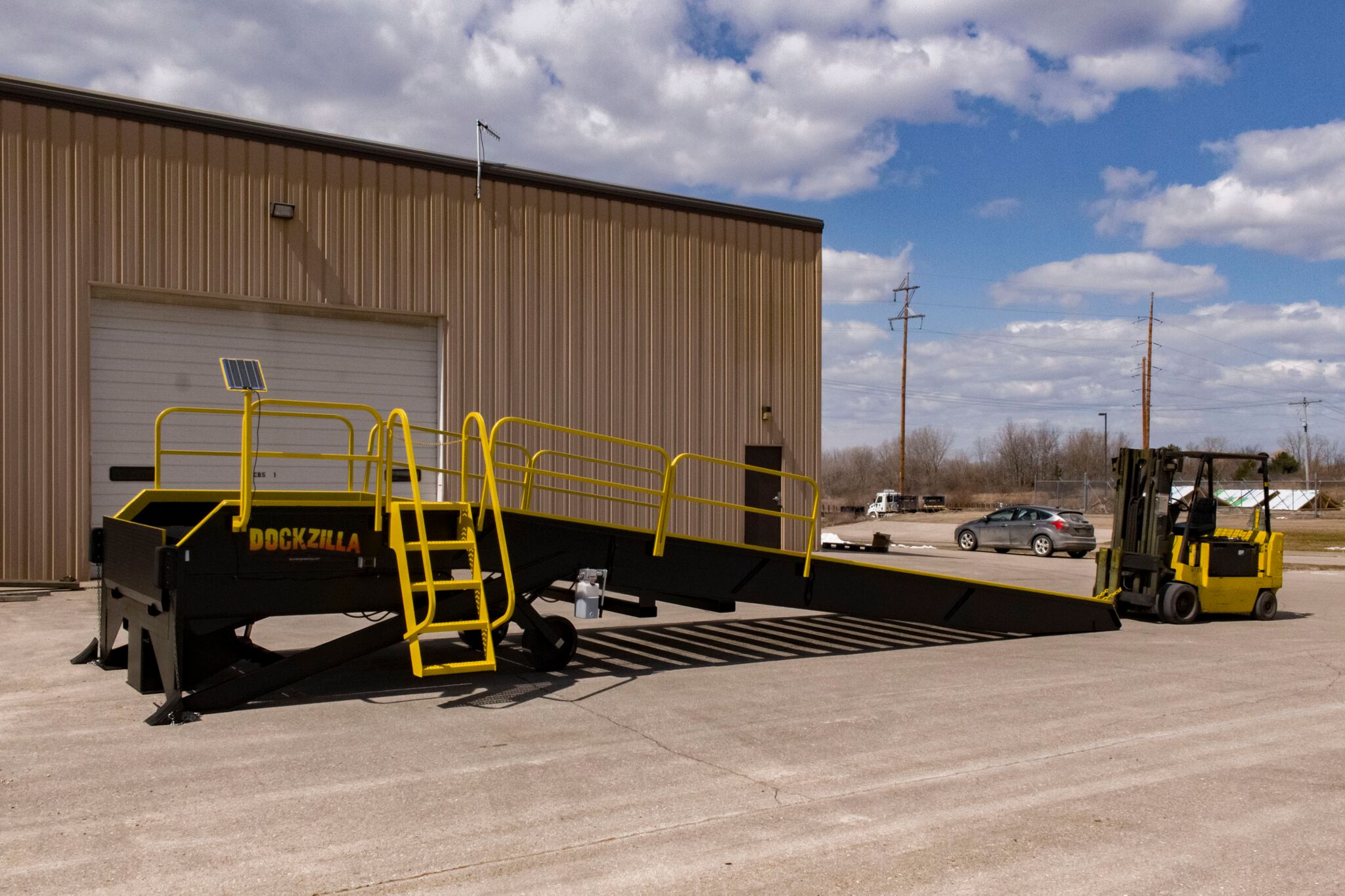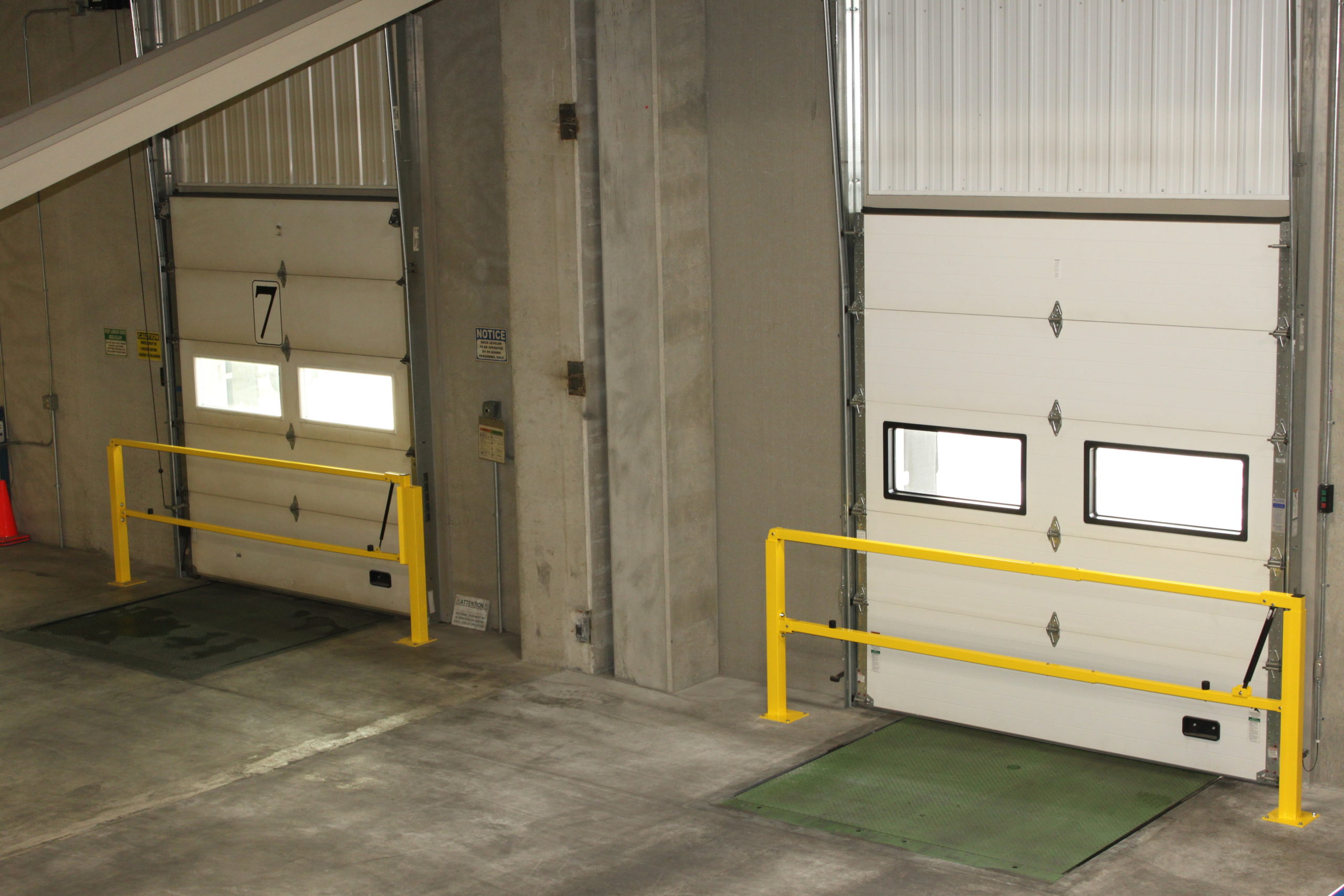

Typical docks are built 55 inches above grade level to accommodate most trucks. If the bed height of vans and trucks varies more than 18 inches, at least one loading berth should be equipped with a dock leveler. Separate or dedicated docks should be considered for food service areas.Īccommodating Vehicles: Loading docks must accommodate various sizes and types of vehicles used to deliver or pick up materials from the building. The service route from the elevator should accommodate the transport of large items. Loading docks must be convenient to freight elevators so that service is segregated from the main passenger elevator lobbies and public corridors. This ramp should have a maximum slope of 1:12 and comply with ADA Accessibility Guidelines, ensuring that it may be easily maneuverable for deliveries on carts and dollies.Īdjacencies: Loading docks must be located for easy access by service vehicles and should be separate from public entrances to the building, public spaces, and other light industrial or warehouse zones. Access: A ramp should be provided from the loading dock down to the truck parking area to facilitate deliveries from small trucks and vans.For a complete list and definitions of the design objectives within the context of whole building design, click on the titles below. Typical features of loading dock space types include the list of applicable design objectives elements as outlined below. This space type must be able to accommodate large vehicles, forklifts, and pedestrian traffic. However, it is also important that they are designed to ensure the safety and security of their users and the users of other nearby spaces. If you would like to learn more information about the differences between loading docks, loading ramps, and loading bays, or to find out about our wide variety of ramp products, please contact the team at Dura-Ramp so we can answer your questions.Loading docks are utilitarian spaces that should be designed for function and durability.

They come in all shapes and sizes in order to better suit the facility they belong to. Ramps allow forklifts to drive from the ground directly into the back of trucks or other vehicles. Loading ramps are usually standalone apparatuses that can be positioned in warehouse loading bays, shipping yards, train yards, and just about anywhere else in order to make loading and unloading vehicles easier and more efficient. Loading docks are usually situated above an incline in order to be elevated to the level of a truck’s trailer bed. Loading docks and loading bays are terms that are commonly interchanged for one another however, while loading bays typically refer to a general area of a facility, a loading dock is the actual platform to which a truck or other vehicle connects to in order to unload. Loading bays can be indoor or outdoor, and they are the terminal through which goods enter the rest of a facility. Loading bays are the general area of a building where trucks are loaded and unloaded. When somebody uses the term loading bay, they are typically referring to the area of a warehouse or facility where shipping and receiving happens. When using any of the terms for loading docks, loading bays, and loading ramps, most people will know what you are talking about however, being specific can help ensure that confusion is avoided, and your facility remains efficient. The Difference Between Loading Docks, Loading Bays, and Loading Ramps At Dura-Ramp, our experience manufacturing loading ramps and docks and working in the shipping industry has equipped us with a wide base of knowledge so that we can help improve our clients’ efficiency. Although many people use these terms interchangeably and they all relate to a similar area and purpose, there are differences that are worth noting to make finding equipment and getting work done easier. One area that can be confusing for some is knowing the differences between loading docks, loading ramps, and loading bays. Knowing your warehouse terminology can be helpful when ordering new equipment or operating your shipping and receiving areas.


 0 kommentar(er)
0 kommentar(er)
